Goldfish are not the forgetful, bowl-swimming, short-lived creatures people think they are. These little aquatic wonders have been misunderstood for centuries, and it’s time to set the record straight!
For starters, that whole “three-second memory” thing? Total nonsense. Goldfish can remember things for months, recognize their owners, and even learn tricks. And no, they don’t just grow to the size of their tank—give them space, and they can reach over a foot long!
From their intelligence to their lifespan (hint: they can outlive most pets), there are plenty of myths floating around about goldfish. And sadly, some of these misconceptions lead to poor care, tiny tanks, and unhappy fish.
If you think you know goldfish, prepare to be amazed. Let’s dive into the biggest myths and find out the truth about these fascinating finned friends!
Goldfish Have Short Memories
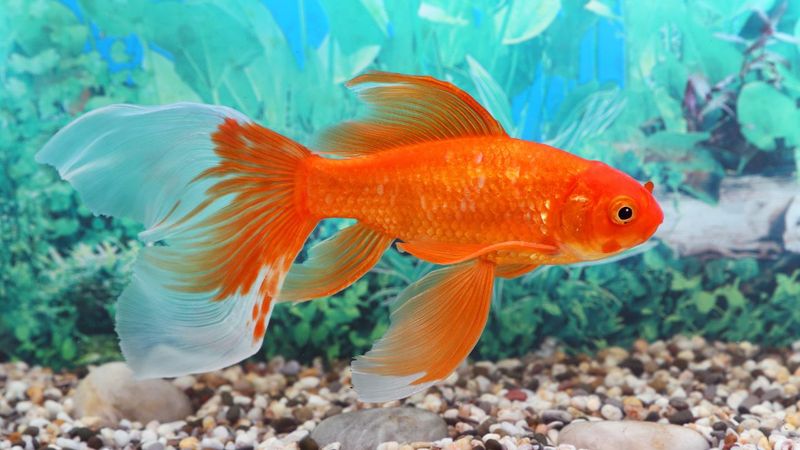
Many believe goldfish have memories lasting only a few seconds. Actually, goldfish can remember things for months. They recognize their owners and routines, often reacting excitedly when it’s feeding time. This misconception may stem from their simple environment.
Goldfish kept in stimulating habitats show even greater memory capabilities. Providing them with varied surroundings can enhance their cognitive abilities. They can even be trained to perform simple tasks, showing a surprising level of intelligence. So next time you see your goldfish, remember they’re more than just pretty swimmers; they’re clever underwater companions.
Goldfish Only Grow to Fit Their Bowl
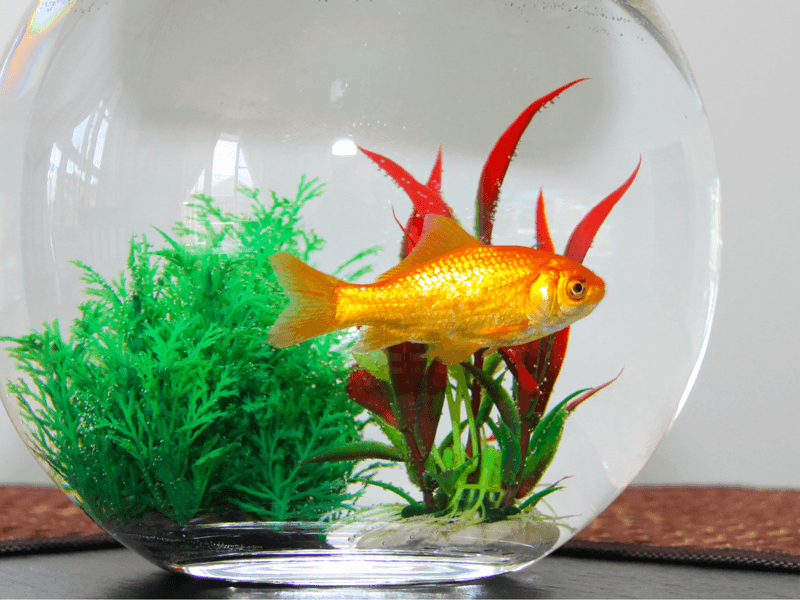
A common myth is that goldfish only grow to fit their tank size. In truth, their growth is influenced by several factors such as genetics, water quality, and diet. While a small tank may stunt growth temporarily, it’s not ideal for their health.
Goldfish can grow quite large, some reaching over a foot in length. A proper environment encourages healthy growth. If you’re a goldfish owner, provide ample space and clean water for your pet to thrive. Understanding their needs can lead to a healthier, happier fish that enjoys a full life span.
Goldfish Can Live in Bowls
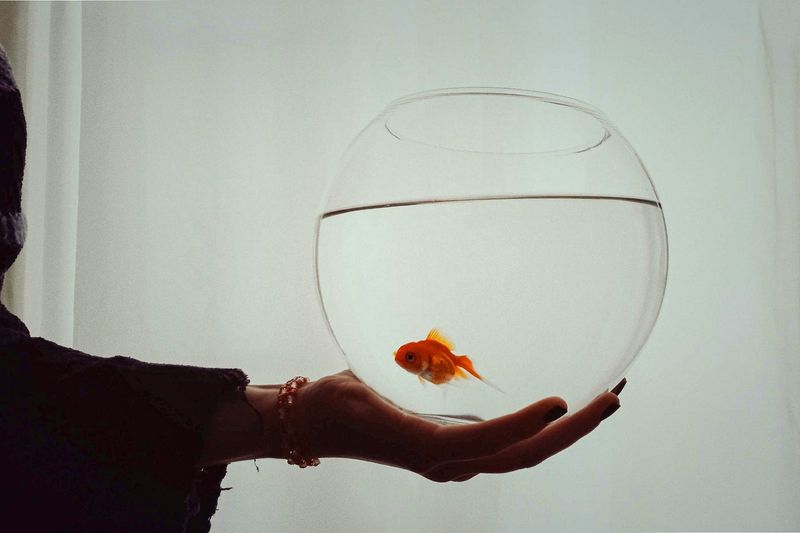
The image of a goldfish in a bowl is iconic but misleading. Bowls don’t provide enough space or filtration, leading to poor water quality. Goldfish produce a lot of waste, and inadequate conditions can harm them.
They thrive in larger tanks with good filtration systems. A healthy environment includes enough swimming space and regular water changes to keep toxins low. Bowls limit their oxygen supply, causing stress and health issues. If you want your goldfish to live long, consider upgrading to a properly equipped tank that meets their needs, ensuring a happy, vibrant pet.
Goldfish Are Low-Maintenance Pets

Goldfish are often considered low-maintenance, but they require more care than people realize. They need clean, spacious tanks with proper filtration, regular water changes, and a balanced diet. Ignoring these can lead to health problems.
Their tanks need monitoring for water quality, and they benefit from an enriched environment. While they may not need walking like dogs, goldfish require consistent attention to thrive. By investing time and effort into their care, you can enjoy a beautiful, lively aquarium and a healthy pet. Goldfish are rewarding but demand responsibility and commitment.
Goldfish Don’t Live Long

Many people think goldfish have short lifespans, but they can live 10-20 years or more with proper care. Unfortunately, many live in poor conditions, leading to early deaths. This misconception persists because of inadequate environments.
Proper tank conditions, diet, and care contribute to their longevity. It’s not uncommon for well-cared-for goldfish to live decades, delighting their owners with their presence. If you’re looking to enjoy your goldfish for years to come, invest in the right setup and care routine. Their potential for a long life makes them wonderful, enduring companions.
Goldfish Are Suitable for Beginners
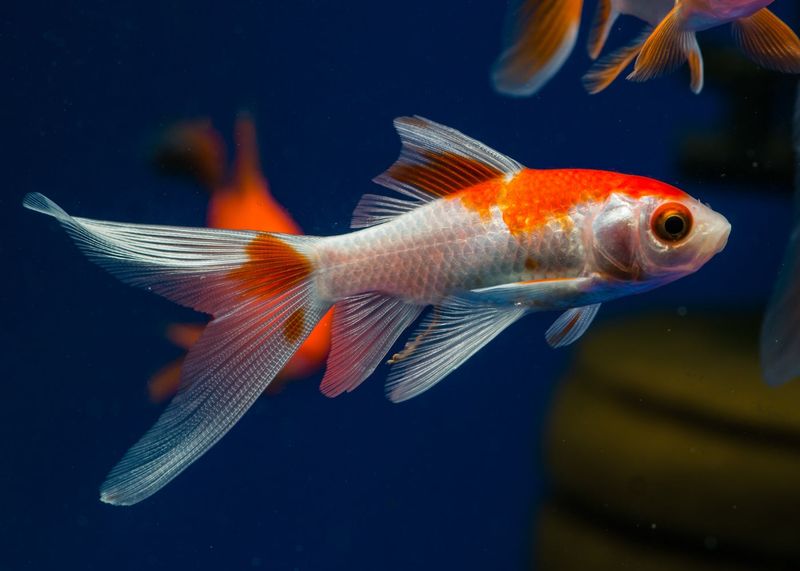
Goldfish are often thought of as beginner-friendly pets. However, they require a significant amount of care and understanding. They need large tanks, proper filtration, and a balanced diet.
Beginners might find their needs overwhelming, as mistakes can be detrimental to their health. While they are resilient, goldfish thrive with informed care. New owners should research thoroughly before committing. With understanding and commitment, goldfish can be rewarding pets, but they aren’t as simple as they appear. Proper education and preparation lead to a fulfilling experience for both owner and pet.
Goldfish Can Live on Flakes Alone

The belief that goldfish can thrive on flakes alone is a misconception. While flakes are convenient, goldfish benefit from a varied diet that includes vegetables and specialized pellets.
A diverse diet provides essential nutrients and keeps them healthy. Fresh or frozen foods like peas and brine shrimp add variety and improve their wellbeing. Goldfish are omnivorous, and offering different food types mimics their natural feeding habits. For vibrant, energetic goldfish, explore diverse dietary options. Balancing their diet ensures a long, healthy life, filled with color and vitality.
Goldfish Don’t Need Companions
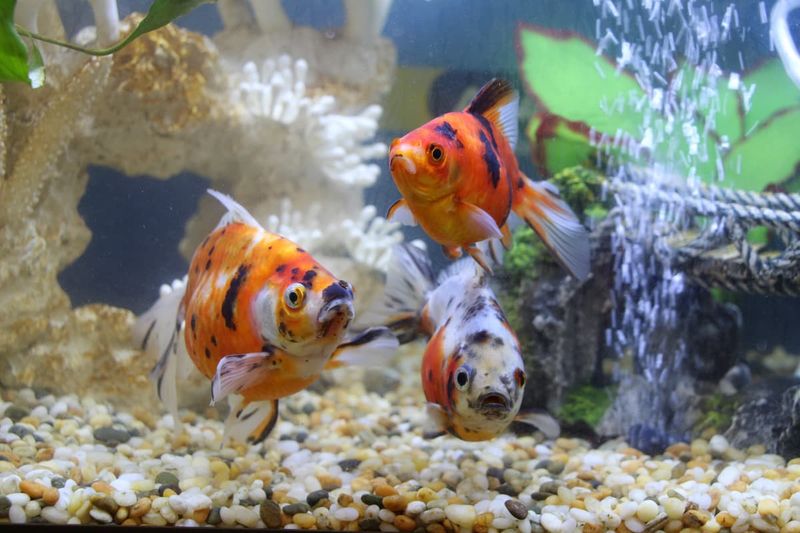
The idea that goldfish are solitary creatures is false. They are social animals that enjoy the company of their kind. Keeping them isolated can lead to boredom and stress.
In the wild, goldfish live in groups, and replicating this social environment enhances their wellbeing. Providing companionship can improve their quality of life. When adding new fish, ensure the tank is spacious enough and compatible species are chosen. This social interaction leads to a happier, healthier goldfish that exhibits natural behaviors and interactions, benefiting from the joys of friendship.
Goldfish Can Handle Sudden Temperature Changes
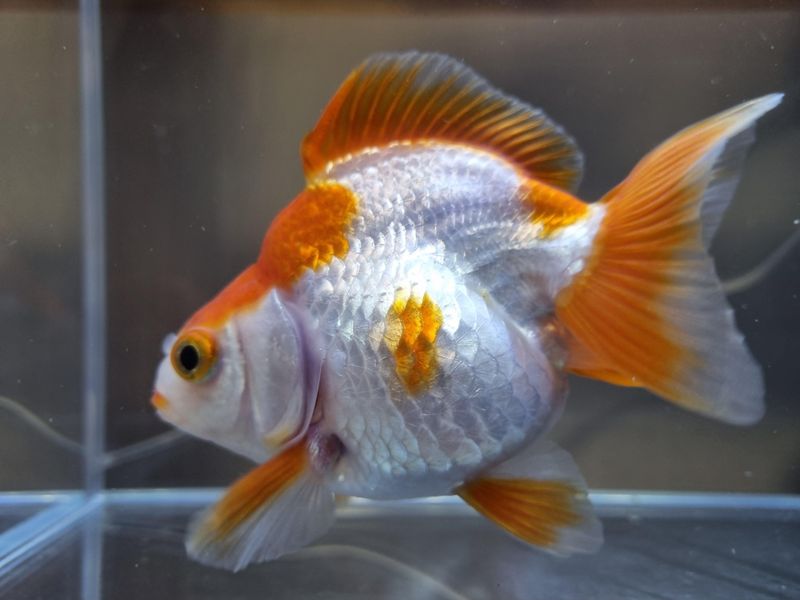
Goldfish are hardy, but sudden temperature changes can stress them. Stability is key to their health. Sudden shifts in water temperature can weaken their immune system and lead to disease.
Their tanks should maintain a consistent, suitable temperature. If moving them or changing water, gradual adjustments help prevent stress. Understanding their temperature needs ensures a robust, healthy fish. A stable environment supports their immune system and overall wellbeing. Avoiding rapid changes fosters a comfortable habitat, allowing your goldfish to thrive without the added stress of temperature fluctuations.
All Goldfish Look the Same
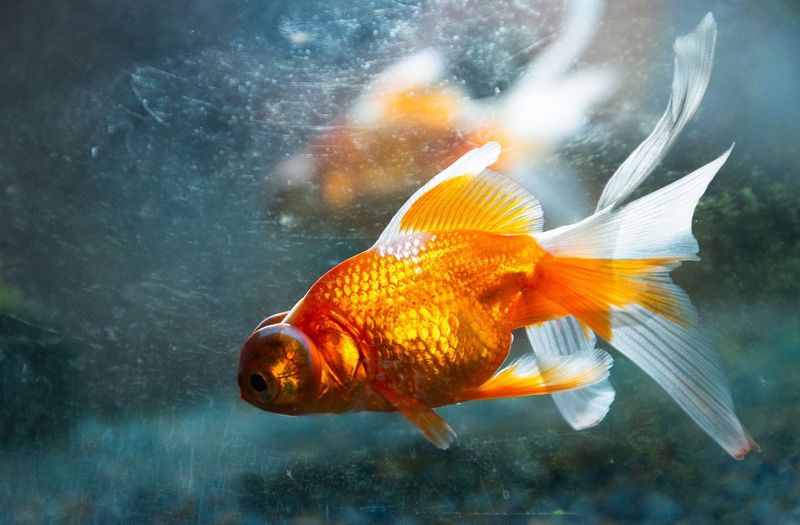
It’s easy to think all goldfish look alike, but they come in various shapes, sizes, and colors. From the elegant fins of the Comet to the round bodies of the Fantail, each type has unique qualities.
Goldfish breeds have been developed over centuries, resulting in an array of appearances. Observing these differences enriches the hobby. If you’re interested in goldfish, explore the diversity within the species to find one that captivates you. Embracing their variety adds interest to your aquarium and showcases the beauty of these intricate creatures.
Goldfish Don’t Need Plant Life
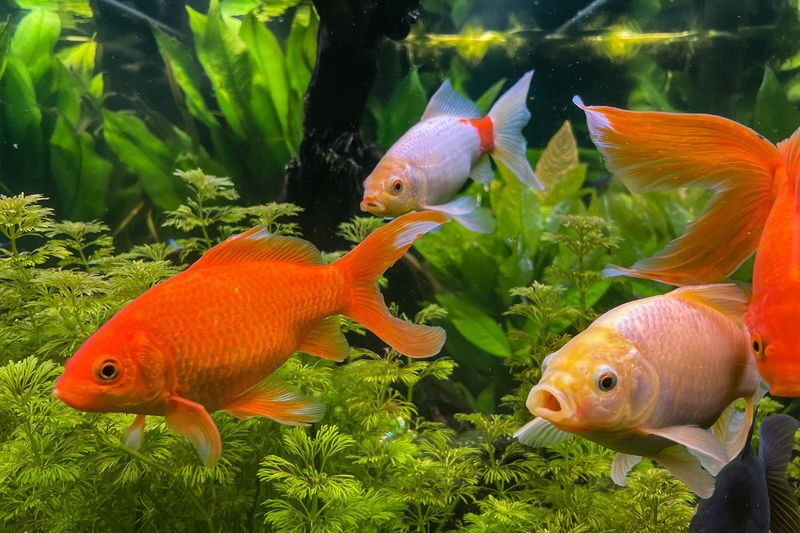
Some believe goldfish don’t need plants, but live plants offer benefits. They improve water quality by absorbing nitrates and providing oxygen. Plants create a natural environment, reducing stress.
Goldfish nibble on plants, so choose hardy species. Plants offer hiding spots, enhancing their sense of security. Incorporating plants into your aquarium supports a healthier ecosystem. A planted tank mimics their natural habitat, promoting wellbeing. If you’re setting up a goldfish tank, consider adding live plants for a balanced, vibrant environment. It’s a simple addition that makes a significant difference.
Goldfish Can Be Released Into the Wild

Releasing goldfish into the wild is harmful. They can disrupt local ecosystems, competing with native species for resources. Goldfish are hardy and can thrive in various environments, leading to overpopulation issues.
They may introduce diseases to wild populations. Instead of releasing them, consider rehoming or contacting local aquariums. Responsible pet ownership includes managing unwanted goldfish humanely. Understanding their environmental impact is crucial. Keeping them contained protects both the goldfish and local wildlife. It’s an essential aspect of responsible care, ensuring ecosystems remain balanced and healthy.
Goldfish Can’t Be Trained

Goldfish are trainable, contrary to popular belief. They can learn to respond to cues and perform simple tricks, similar to other pets. Using food rewards and repetition, you can teach them behaviors like swimming through hoops.
Training enriches their environment, offering mental stimulation. Starting with simple tasks builds confidence and strengthens the bond between owner and fish. Exploring this aspect of goldfish care can be rewarding and entertaining. By engaging with your goldfish, you enhance their quality of life and enjoy a deeper connection with these intelligent, responsive creatures.

